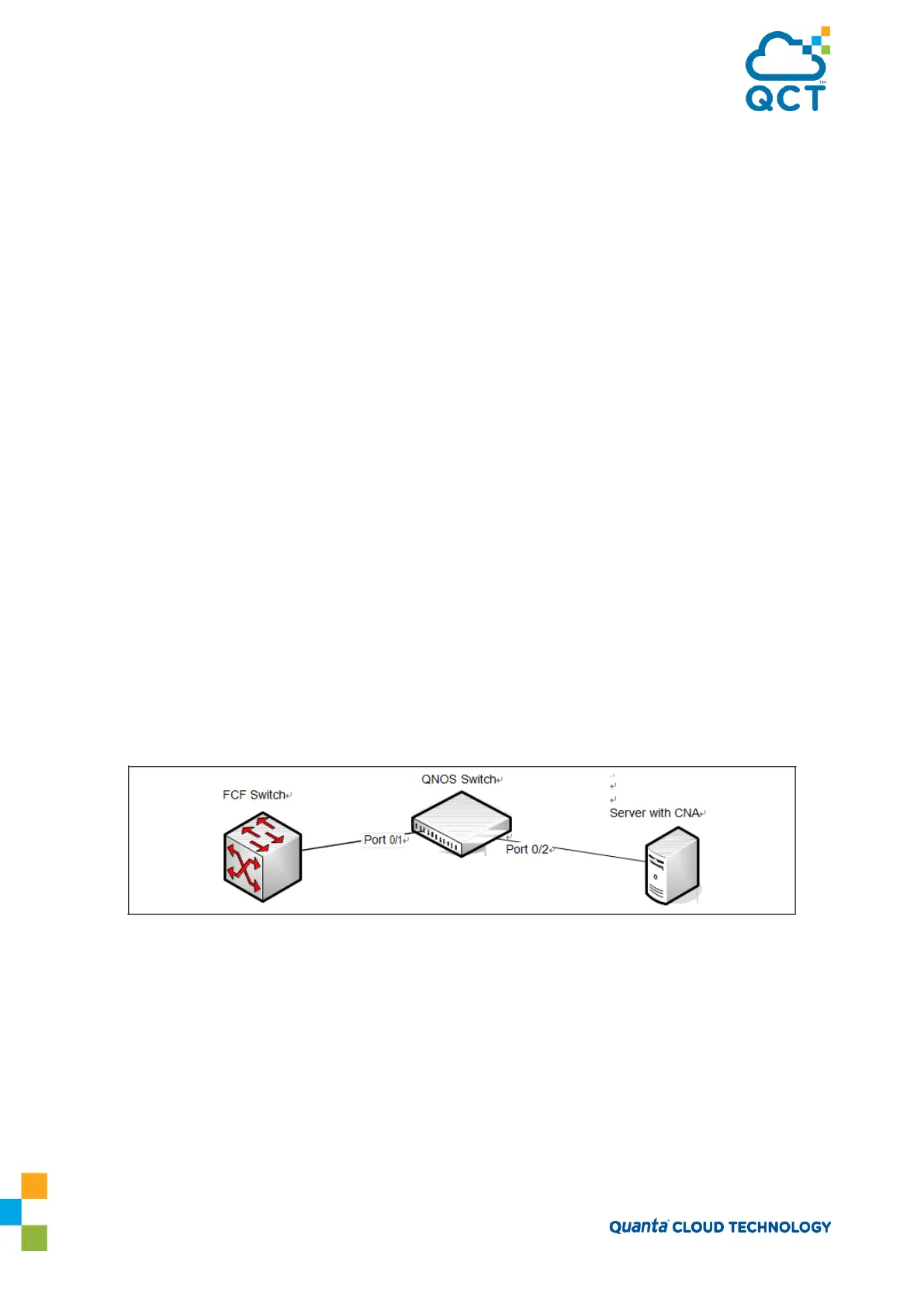237
The newly elected configuration source propagates DCBX client information to the other ports and is
internally marked as being the port over which configuration has been received. Configuration changes
received from the peer over the configuration source port are propagated to the other auto-configuration
ports. Ports receiving auto-configuration information from the configuration source ignore their current
settings and utilize the configuration source information.
When a
configuration
source is
selected,
all
auto-upstream
ports other than the
configuration
source are
marked as willing disabled.
To reduce flapping of configuration information, if the configuration source port is disabled, disconnected or
loses LLDP connectivity, the system clears the selection of configuration source port (if not manually selected)
and enables the willing bit on all auto-upstream ports. The configuration on the auto-configuration ports is
not cleared (configuration holdover). If the user wishes to clear the configuration on the system in this
scenario, the user can put the configuration source port into manual mode.
When a new port is selected as configuration source, it is marked as the configuration source, the DCBX
configuration is refreshed on all
auto-configuration
ports and each port may begin
configuration
negotiation
with their peer again (if any information has changed).
9.3.4. Configuring DCBX
In this example, port 0/1 on the QNOS switch connects to a FCoE-facing (FCF) switch. This port is designated
as default DCBX auto-upstream ports. Port 0/2 on the QNOS switch is directly connected to a Converged
Network Adapter (CNA) on a network server. The configuration advertised by the FCF is distributed from
port
0/1 to port 0/2. In order to reduce configuration flapping, ports that obtain configuration information from a
configuration source port will maintain that configuration for 2× the LLDP timeout, even if the configuration
source port becomes operationally disabled.
Figure 9-1: DCBX Configuration
1. Map 802.1p priority 3 to traffic class 3. For more information about traffic classes, see “CoS”.
(QCT) #configure
(QCT) (Config)#queue cos-map all 3 3
2. Enter Interface Configuration mode for port 1.
(QCT) (Config)#interface 0/1
3. Enable the LLDP transmit and receive capability on the port.
(QCT) (Interface 0/1)#lldp transmit

